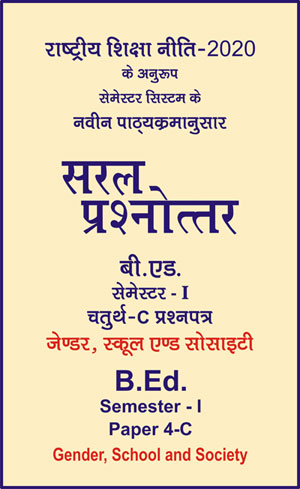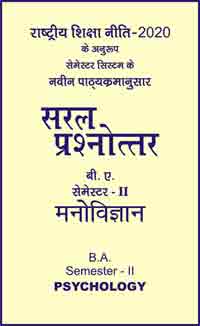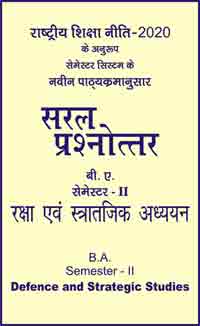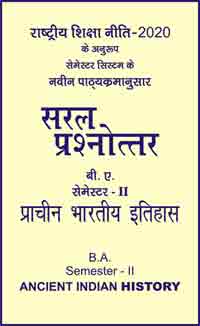|
बी एड - एम एड >> बी.एड. सेमेस्टर-1 प्रश्नपत्र-IV-C - जेण्डर, स्कूल एण्ड सोसाइटी बी.एड. सेमेस्टर-1 प्रश्नपत्र-IV-C - जेण्डर, स्कूल एण्ड सोसाइटीसरल प्रश्नोत्तर समूह
|
5 पाठक हैं |
||||||
बी.एड. सेमेस्टर-1 प्रश्नपत्र-IV-C - जेण्डर, स्कूल एण्ड सोसाइटी (अंग्रेजी भाषाा में)
Question- Are the needs of both male and female gender the same? Explain and answer.
Answer -
Gender needs are understood as a concept in the context of gender and development perspective. There are two policy perspectives/views. The first is Women in Development (WID) and the second is Gender and Development (GAD), which relates women to development. The WID approach was replaced by the GAD approach and this led to the emergence of new concepts such as gender needs and gender relations.
Gender needs are divided into PGNS Practical Gender Needs and SGNS Strategic Gender Needs. The terms PGNS and SGNS were coined by Maxine Molyneux in the year 1985. Later these were used as a tool. Both concepts were developed by Caroline Moser to improve the conditions of women. The goal of practical gender needs is to address the immediate needs of women and men to improve the lives of women. These needs include: education, health, employment, enabling women to have access to drinking water and sanitation, at the policy level, if the nation addresses these practical gender needs of women so it will have a huge impact on the living conditions of women. Strategic gender needs are needs that help transform the existing unequal power relations between women and men. These needs are associated with concepts such as gendered division of labour; unequal sharing of power and unequal access to and control over property. Examples of women’s strategic gender needs include legal rights, domestic violence, equal wages and women’s control over their bodies. It is not easy to challenge these needs/interests. But for the improvement of their social status in the society, women can express and articulate these needs. For the advancement of their collective consciousness, women of any different caste, class, religion or tribe can share and listen to these strategic needs. Men will also have strategic gender needs; For example, changing their roles in the family by participating in the care of children or taking responsibility for some household chores (March et al, 1999). These two types of needs cannot be separated from each other and both these types of needs are important for the formulation of gender inclusive policies.
|
|||||













